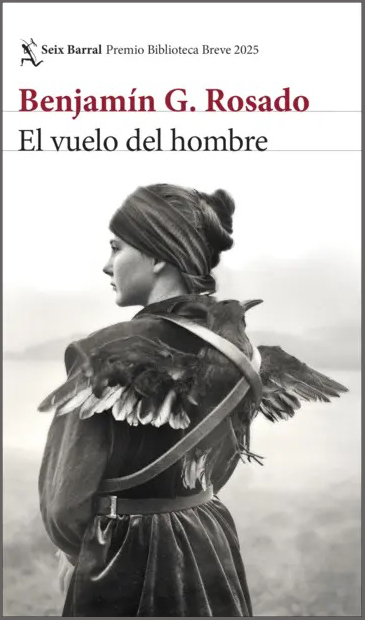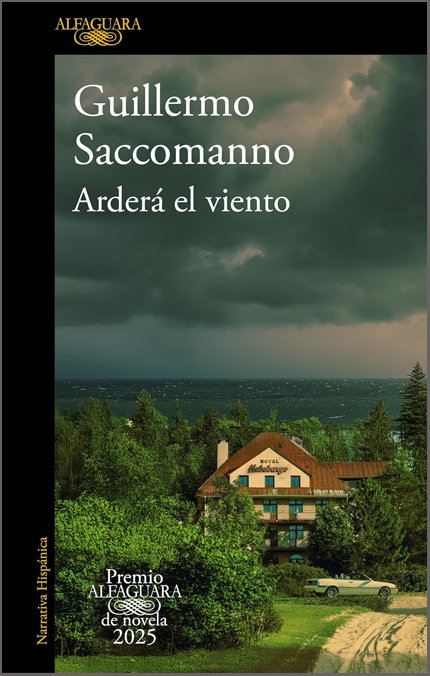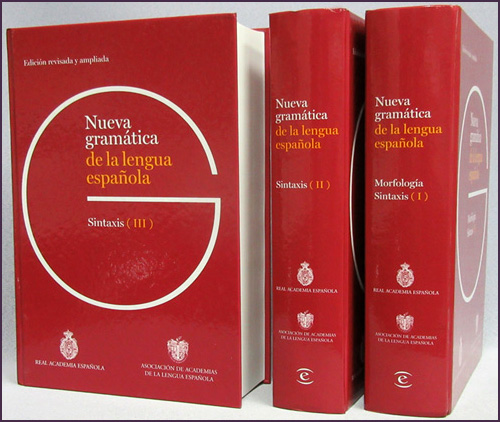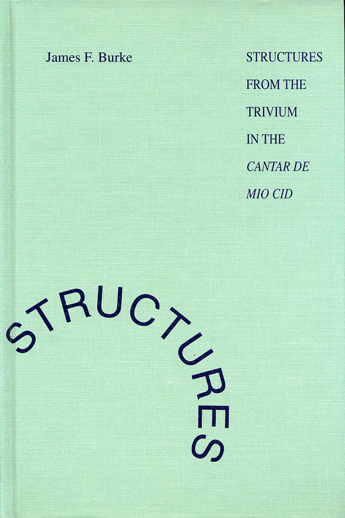Structures from the Trivium in the 'Cantar de Mio Cid' ∥ Burke, James F.
-----------------------------------
ISBN13: 9780802059475
-----------------------------------
サイズ: 15.5 x 23.5 x 1.8 cm
-----------------------------------
頁 数: 239 pgs.
-----------------------------------
装 丁: hard cover
-----------------------------------
出版社: University of Toronto Press
-----------------------------------
発行年: 1991
-----------------------------------
発行地: Toronto
-----------------------------------
双書名: U. of Toronto Romance Ser. 66
追加情報: ※ 詳細PDFリンク
Description:
The medieval poem Cantar de Mio Cid is one of the great works of Spanish literature. Its precise date is uncertain, and its author has never been identified. Some scholars believe that it was written by many authors who, over time, adapted earlier material. In this study James Burke considers the authorship of the poem as revealed in key structural components. Placing the Cantar de Mio Cid more in the emerging culture of writing than in the sphere of oral poetry, Burke maintains that the text was produced in a manner typical for the Middle Ages by a writer who followed procedures very specific to the period.
Medieval writers were invariably educated in the basic subjects of the trivium: grammatica, rhetorica, and dialectica, taught in the ‘middle schools’ of the twelfth century. In the process they acquired techniques that enabled them to rewrite pre-existing materials of an authoritative character, emphasizing themes and ideas important for contemporaries.
Burke argues that someone rewrote epic material having to do with the Cid in this way. Referring to a device described by the twelfthcentury Spanish philosopher Dominicus Gundissalinus as ‘the imaginative, poetic syllogism, Burke identifies three instances of the device in the Cantar de Mio Cid. They support themes and motifs of awakening, manifestation, and revelation, and of the hero as exemplar.
This volume sheds new light on a central work in Spanish literature and on medieval poetry in general.
CONTENTS:
Acknowledgments......VII
Introduction......3
1. Poetry and the Trivium......12
2. The Dialectical and Rhetorical Education of the Poet......27
3. Refashioning the Material: The Art of the Poet......35
4. Finding the Topics......45
5. Dominicus Gundissalinus and the Imaginative, Poetic Syllogism......60
6. Defining and Dividing the Adventures of the Hero......70
7. Tan buen dia es hoy: The Positive Frame of the Poem......90
8. Themes of Awakening and Manifestation......101
9. The Lion as Symbol......115
10. Rhetoric and the Cortes Episode......133
11. Economics and Poetry: The False Sign......151
Notes......167
Abbreviations......197
Works cited......199
Index......221
-

2025年Biblioteca Breve賞受賞作品。ある若き言語学者が南米の港町へ旅立ち、自らの未来を模索しながら執筆に挑む物語です。偶然の出会いが彼の最初の小説を生み出し、出版の成功によってニューヨークへ移り住むも、そこから作品と現実のズレに苦しみ、やがて忘れ去られていく運命を辿ります。しかし、思いがけぬ知らせが彼をコロンビアのジャングルへ導き、かつての小説の結末と酷似した“事故”の謎に巻き込まれていきます。現実とフィクションの境界が揺らぐ中で、「語られるべき物語」と「黙されるべき物語」の間にある微妙な線をめぐる、緊張と知性に満ちた冒険小説です。
- El vuelo del hombre ∥ Rosado, Benjamin G.
- ¥6,380
-

アルフアグアラ文学賞2025年受賞作。ある夫妻がアルゼンチンの海辺の小さな町に姿を現し、老舗ホテルを経営し始める。家族を伴ったその異質な存在が、村社会のひび割れに潜む偏見や恐怖、秘められた欲望をあぶり出していく。表向きは穏やかな日常が、彼らの介入によってゆっくりと腐食し、町の底に潜む暴力と暗部が静かに露呈していく。精緻な文体で綿密に構築された“社会の朽ちるプロセス”が、特定の国や地域を超えて現代の精神風景を写し出す。緊張感と抑制のなかに秘められた強烈な物語体験を求める読者に。
- Arderá el viento ∥ Saccomanno, Guillermo
- ¥5,720
-

2025年ナダール文学賞受賞作品。南米・ブエノスアイレスを舞台に、父との溝を抱える一人の作家が、故人となった父の真の姿を探し始める。労働者階級の移民としてスペインから渡った父は、息子が憧れた文学の道に無言で壁を築いていた。母国映画やハリウッドの古典に囲まれ育った少年は、大人になった今、スクリーンの背後に隠された父の「秘密」に気付き、渦巻く沈黙と誤解の中に分け入る。時代を越えて響く父子の断絶、移民としてのアイデンティティ、そして愛しながらも理解しきれない存在。静かに、しかし確実に胸に迫る物語が、読む者の言葉と記憶を揺さぶる一冊。
- El secreto de Marcial ∥ Fernández Diaz, Jorge
- ¥6,600
-

入荷いたしました!!
第2版改定新版 「アカデミア最新スペイン語文法」。スペイン王立アカデミーとASALE(スペイン語アカデミー協会)の共同編集による増補改訂版3巻本。2009年に2巻本として出版されてから16年、さらに広く深く、スペイン語圏全体のスペイン語を総合的に扱うスペイン語文法書の決定版です!- Nueva gramática de la lengua española - Edicion revisada y ampliada in 3 vols. ∥ Real Academia Española
- ¥49,500

